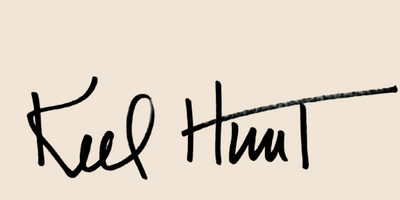On Saturday morning my friend Kenneth Jost, in Washington, sent a note letting me know that S. David Freeman had died. He passed away last Tuesday, at 94, at his home in the DC suburb of Reston, Virginia.
David was an extraordinary, accomplished man. Born in Chattanooga, he lived a large life in a big world. He worked for the Nixon, Ford and Carter administrations on issues of energy, public power, and conservation. President Carter put him on the TVA Board, in 1977, and named him its chairman. I knew David during his TVA chairman years (1978-81).
His career later took him across America. Ever a champion of public power, David became the top administrator of other large utilities. (TVA is the largest.) He ran the Lower Colorado River Authority, the Sacramento Municipal Utility District, as well as the New York Power Authority. Before he retired David was also the chief energy adviser to former California Gov. Gray Davis.
In person, David could be engaging, even charming, and his advocacy especially of conservation and alternative energy sources was compelling and persuasive. But he certainly rocked the status quo, and especially in Knoxville; he is remembered there, in part, as the TVA chairman that even the TVA Caucus in Congress sometimes found hard to love.
Since 1933, the senators and congressmen from the Tennessee Valley have been the agency’s steadiest friends in Washington, though some of them have been critical of its debt load, nuclear program, its commitment to environmental quality, its rocky relationship with the states in its territory, and how it pays its top-most echelon of managers. During the early 1980s, David regarded Senator Howard Baker Jr. and Governor Lamar Alexander as TVA’s most influential and best friends.
That period was an in-between time for TVA, bringing notable transitions for the agency, especially in Knoxville and Chattanooga. David’s chairmanship came after the agency’s early years when it was broadly celebrated as an institutional savior of the South. Then came the expensive nuclear power program that promised to lessen pollution from coal, but its construction and regulatory costs drove electric rates higher, chilling some long-term alliances within the region.
Local power distributors, like the Knoxville Utilities Board, complained loud and long about the higher rates. Further, David’s questioning of TVA’s nuclear expansion was a new tone in the chairman’s office. That caused much grumbling among the pro-development leaders of the region, especially among the business elite of Knoxville.
David did push back against the nuclear program, at first, then he embraced it when President Reagan took office in January 1981. By then it was too late; not even Baker could save David’s chairmanship. Before that year ended, the new president had named a new TVA chairman, Charles H. (Chili) Dean, the folksy manager of the KUB. David would continue to serve on the TVA Board, but only until his original term expired in 1984.
TVA is now in its 87th year. Like other octogenarians, approaching 90, its age is showing.
The agency has grown long past the heady exuberance of its founding in Franklin Roosevelt’s New Deal, when it introduced the cheap public hydropower that famously lifted the Tennessee valley out of the mud. It was long the darling of politicians and economic development boosters across this region.
Then came the years of environmental challenges that eroded much of the grassroots support TVA had enjoyed over its early and middle decades. (The legacy of that 2008 coal-ash disaster, at Kingston, continues to be in the news.) TVA has also faced, and largely withstood, recurring political challenges from Republican administrations over the years – and is facing another now from a very different kind of president.
In later years, David would be followed by other TVA chairmen with different gifts. I think, in particular, of Bill Sansom and of the late Marvin Runyon. These two brought not so much their political connections as their hard-nosed business savvy and management skills from their very different careers in the private sector.
Over nearly nine decades, TVA has aged into a different creature today, in both form and spirit, from its founding in the New Deal. But its rates for electric power are still lower than what most people pay around the U.S. Its jobs are still important, especially now. And so, still, is the work of its friends in Congress.
For further reading on David Freeman’s years at TVA, I recommend Erwin C. Hargrove’s Prisoners of Myth: The Leadership of the Tennessee Valley Authority, 1933-1990 (Princeton University Press, 1994). See also the obituary by Georgiana Vines in the Knoxville News Sentinel here: https://www.knoxnews.com/story/news/2020/05/13/s-davied-freeman-former-tva-chairman-dies-94/5184311002/


